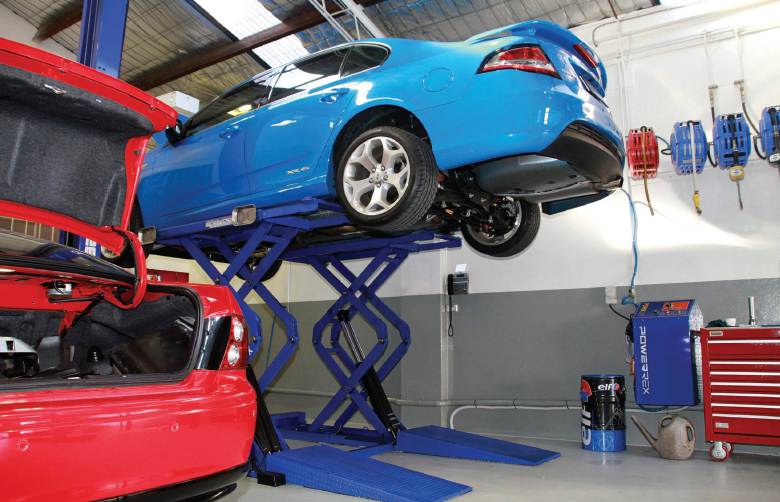As we are at the beginning of a new financial year, our automotive industry remains resilient and strong in the face of ever changing COVID-19.
Our thoughts are certainly with the operations in Victoria, especially Melbourne, who have endured constant setbacks with lockdowns.
New car sales have had a wonderful knock-on with higher than normal used car pricing. Just like the housing industry, if we don’t have the stock to meet demand, the price will rise. And for us in the repair sector, this has been brilliant news as mums and dads are making the commercial decision to invest more resources in servicing and repairing their cars.
Many of our members at the IAME and AATR (Australian Automotive Transmission Rebuilders) report more complete overhauls and full repairs than the number of requests for patch-ups.
Training is still something that every repairer needs to stay consistent with to be on top of the technologies in the modern day car, but one area that we have not seen big upgrades in is the equipment level of our shops. Efficiency and profitability can be assured when you have the underpinning knowledge of the system and the current training on how to fix the fault, but without the right tools you are destined for a longer job or failure.
OI have made mention before of things like digital headlight aligners, but there is so many more facets to making sure your workshop is up to speed. Have you had the voltage checked at your power points? Is the equipment that you rely on so heavily being fed with constant 240 volts or is it fluctuating because there is either not enough power in the street or your building wiring just can’t cope with the load?
Battery conditioners are another unit that the IAME believe should be engaged every time you do a service. It will ensure that your pre and post scans will not alter due to battery voltage. Equipment may not always be the screwdriver or scan tool. There are many aerosols tools out there that are of great assistance when you are seeking smooth drivability from a car in for service. These might be mass air flow sensor cleaning, throttle body cleaning, manifold cleaning and the list goes on.
Even when changing some components, gaskets are made from a silicone-like substance and not paper or cork, proper sealing can only be obtained when all the old product has been thoroughly dissolved and removed. There are aerosol products to assist with this.

I would imagine that reps that sell these products are already speaking to you about their attributes and their effectiveness versus cost and these people must be doing a fair old job, as I see on some of our audits more of this type of products sitting on the shelf ready to assist the technician. What worries me the most is that I don’t see the gloves, eye protection or, in some cases, breathing protection when using these types of products.
The IAME has been proudly engaged with ProVisual again this year to look at OH & S safety within the mechanical repair business and the collision repair shop and we note the uptake of adhesives in the body industry. Our biggest worry has been exposure to all these chemicals. As efficient as they are, there are dangers through absorption. I now ask that all practitioners take a very careful look at their tools and equipment and make sure that not only they look at the correct power supply to protect their expensive scan tools, but they also protect themselves against chemical absorption. Don’t think it won’t happen to you as the automotive industry has an incredibly high incidence of pancreatic cancer and so many deaths last year could really only be blamed on chemicals that some people have utilised.
Another area in which I would like you to take a look at is the use and calibration of your tension wrench. On some of our mechanical audits we are asked to look at specific tools. The main tools they are concerned about is the tension wrench. It is certainly not the one-size-fits-all mentality. You need the right size tension wrench for the job that you are working on. This also means calibration of the unit. You don’t have to bring it out of your toolbox on every service to warrant a calibration check every year. In so many cases it is imperative that the correct tension is applied especially with alloy rims on two big hubs. Even displacement of heat is achieved by the similarity of tension of wheel nuts. The correct tension is more critical when it comes to cylinder head and manifold on some of the modern day vehicles where the use of aluminum has become far more prevalent.
It is always easy for me to report what is happening within our industry but I am more than happy to assist in answering any questions you may have. Please feel free to email: inbox@iame.com.au. For further information visit www.iame.com.au or www.facebook.com/iame.online


